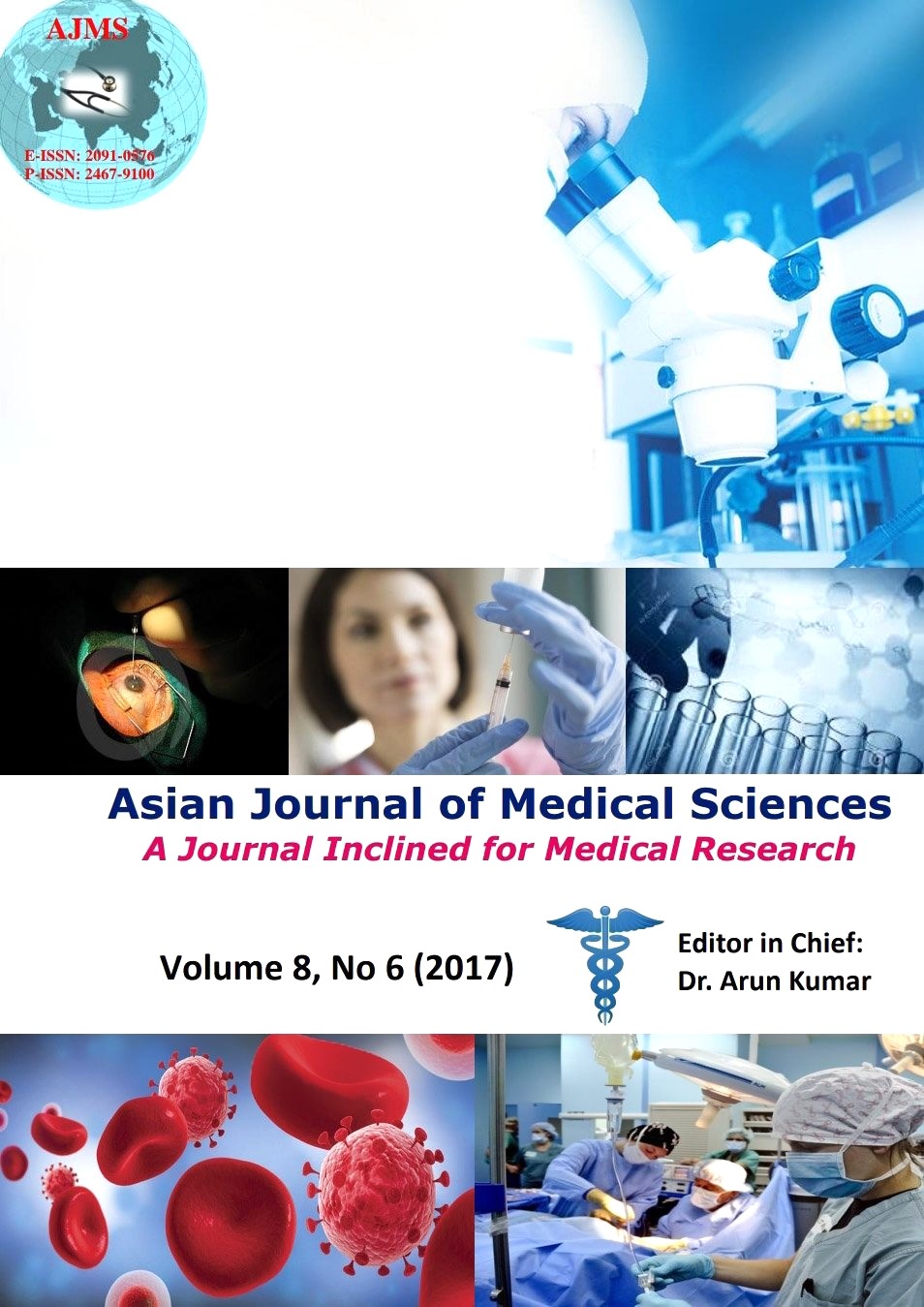Perinatal outcome in terminal oligohydramnios
Keywords:
terminal oligohydramnios, perinatal, apgars, amniotic fluid index, LSCSAbstract
Background of the Study: Amniotic fluid or liquor, the fluid around the developing fetus serves various functions. A balance of formation and reabsorption of this fluid has to be maintained. The amniotic fluid volume (AFV) undergoes changes during pregnancy. Oligohydramnios is a condition in which the AFV decreases and is associated with conditions like renal agenesis, placental dysfunction, congenital anomalies, anemia, PIH, hypoxia. Its effects depend on the duration of pregnancy. But when AFV decreases terminally, the chances of having a normal baby are more.
Aims and Objective: This study was aimed to find the perinatal outcome in terms of LSCS and instrumental deliveries, needs for induction, neonatal mortality, low apgars, meconium staining, NICU admissions in women with oligohydramnios occurring after 34 weeks of pregnancy.
Materials and Methods: A prospective observational study included women with singleton pregnancy admitted with intact membranes after 34 weeks. AFV was calculated by USG.
Results: Less number of women had AF Index less than 5 cm but as AFV decreases risk of LSCS increases and spontaneous onset of labor ends mostly with vaginal deliveries. Amniotic fluid Index less than 5 cm increases the risk of low Apgar, septicaemia and neonatal mortality. Although Apgar was low at 1 min, it improved at 5 min suggesting a good adaption outside utero.
Conclusion: Low AF Index (as determined by USG)in last trimester was associated with increased risk of adverse perinatal outcome like operative delivery, fetal distress, NICU, low apgar, septicemia, neonatal mortality. Here, Doppler can relieve obstetrician stress in decision making and amnioinfusion in selected cases can reduce operative morbidity. Parameters like risk of septicemia and effects in extremes of maternal age need to be evaluated further in a larger number of cases.
Asian Journal of Medical Sciences Vol.8(6) 2017 35-39
Downloads
Downloads
Additional Files
Published
How to Cite
Issue
Section
License
Authors who publish with this journal agree to the following terms:
- The journal holds copyright and publishes the work under a Creative Commons CC-BY-NC license that permits use, distribution and reprduction in any medium, provided the original work is properly cited and is not used for commercial purposes. The journal should be recognised as the original publisher of this work.
- Authors are able to enter into separate, additional contractual arrangements for the non-exclusive distribution of the journal's published version of the work (e.g., post it to an institutional repository or publish it in a book), with an acknowledgement of its initial publication in this journal.
- Authors are permitted and encouraged to post their work online (e.g., in institutional repositories or on their website) prior to and during the submission process, as it can lead to productive exchanges, as well as earlier and greater citation of published work (See The Effect of Open Access).




